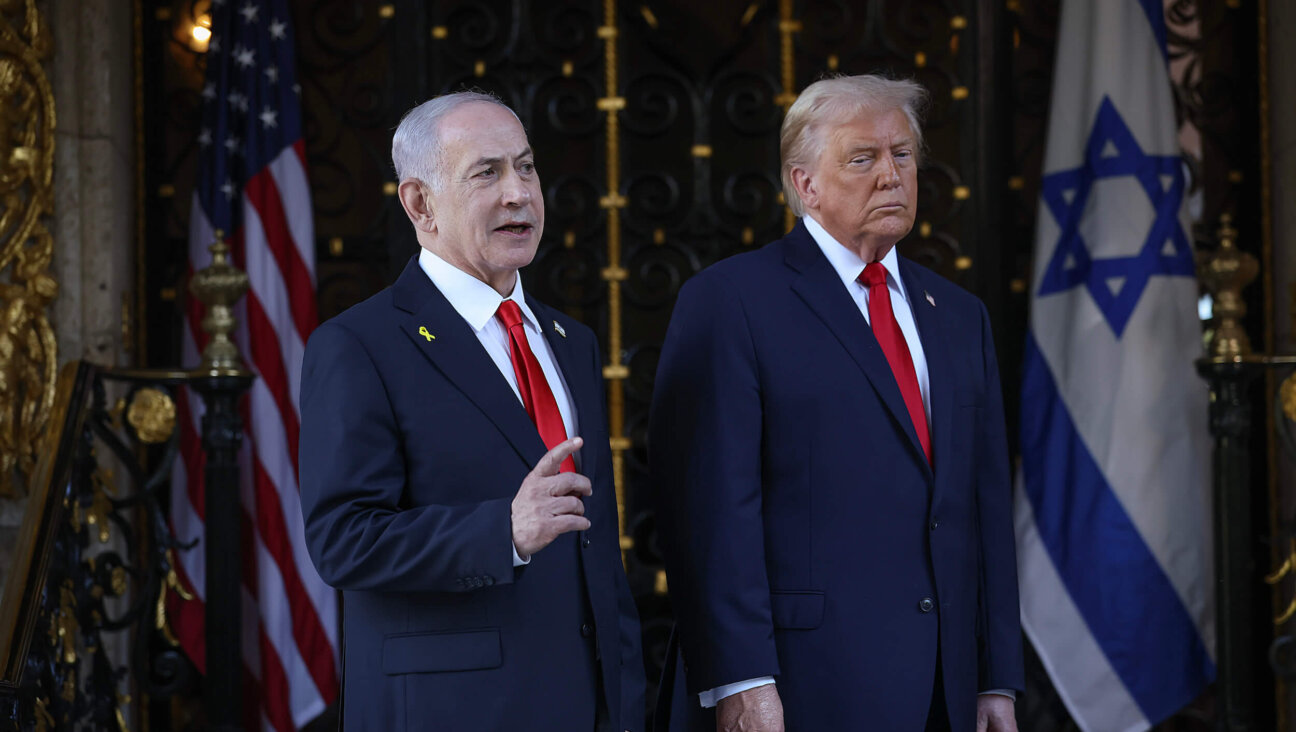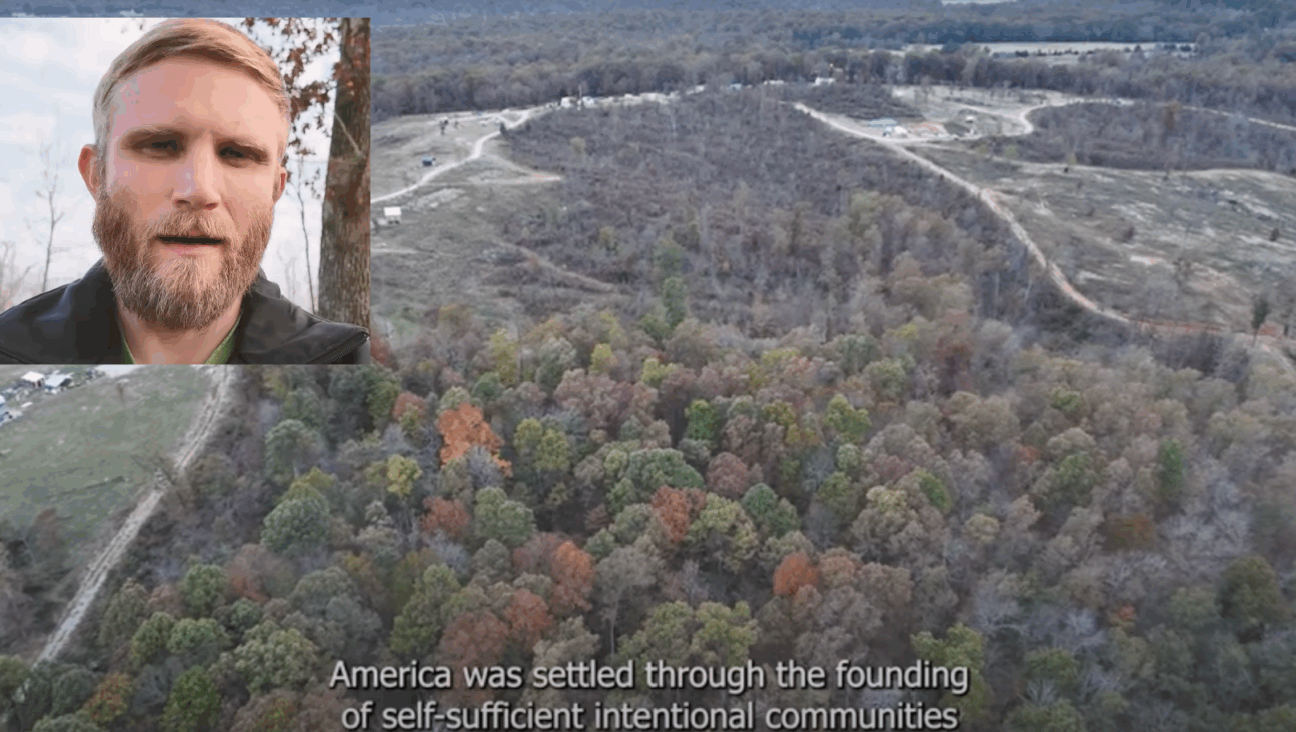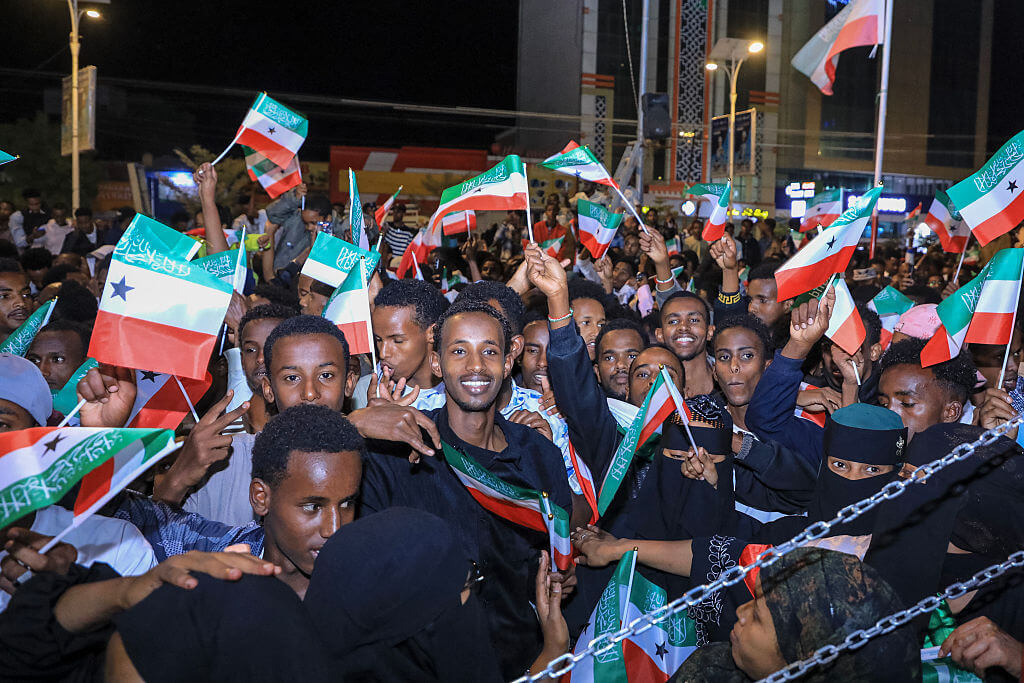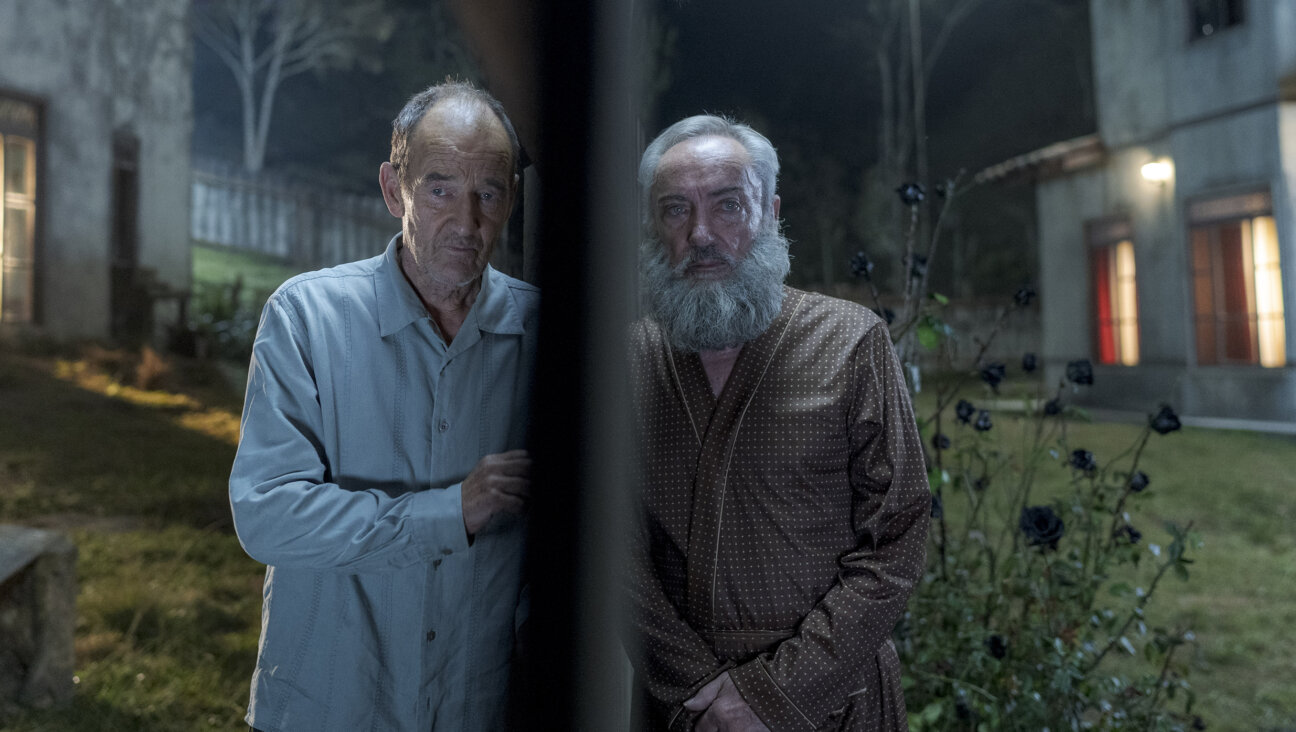Hamas should release all the hostages. But it’s foolish to think that would end the war
Israel’s commitment to territorial expansion is what keeps the hostages in captivity
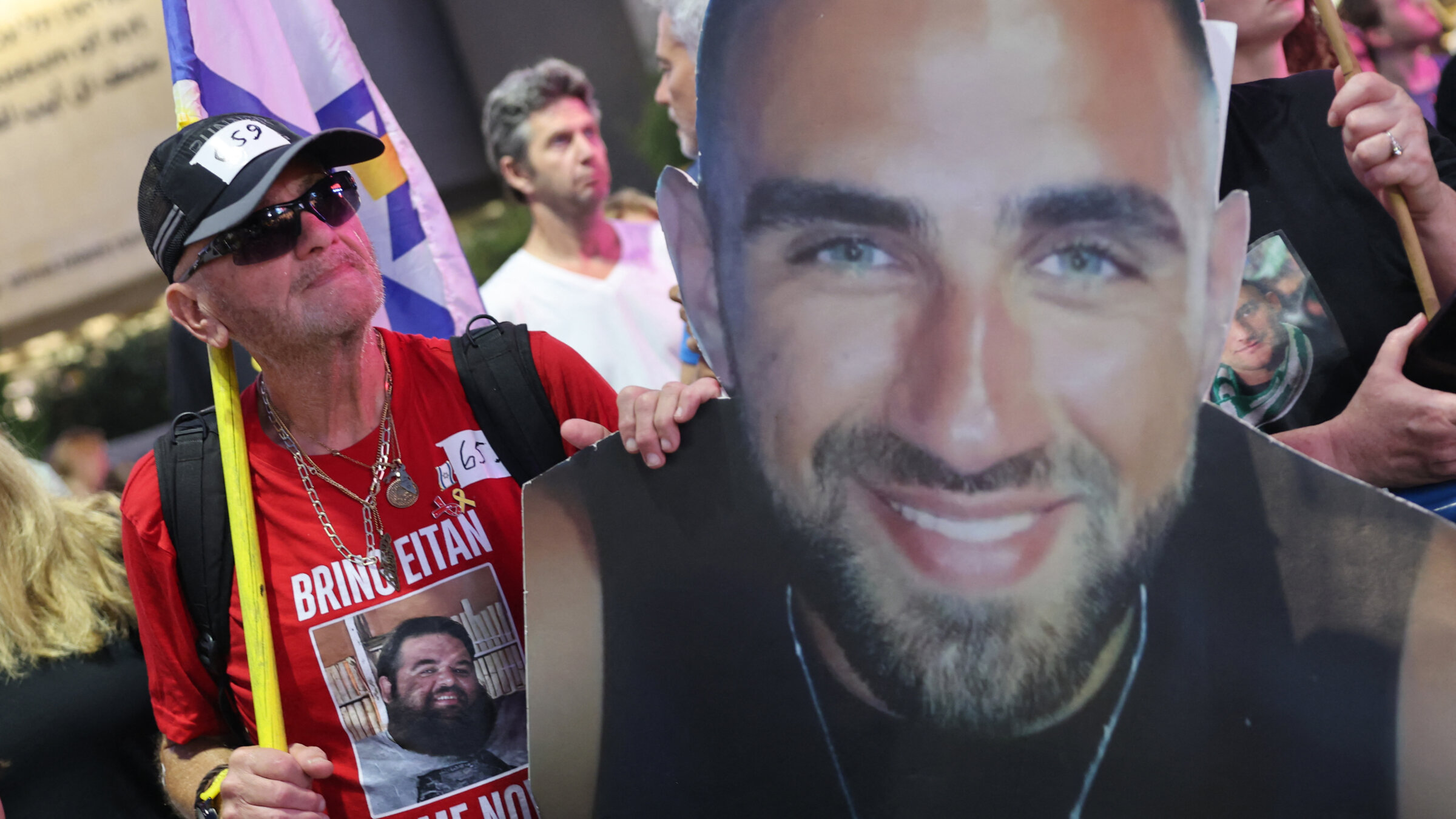
People show pictures of Israeli hostages during an anti-government protest in Tel Aviv calling for the end of the war and action to secure the release of Israeli hostages held captive in the Gaza Strip, July 26. Photo by Jack Guez/AFP via Getty Images
“The fastest way to end the Humanitarian Crises in Gaza is for Hamas to SURRENDER AND RELEASE THE HOSTAGES!!” Trump posted last week on his Truth Social platform.
The narrative that “the war would end if Hamas released the hostages” has become a recurring talking point, not just with Trump himself but in mainstream media coverage, including The New York Times editorial board.
This framing, while common, fundamentally misunderstands the Israeli government’s motivations and decisions. For almost two years, the Israeli government has demonstrated different priorities. It pursues a broader political vision that encompasses territorial annexation and demographic change across all occupied areas, and the continued fighting in Gaza allows it to achieve those goals under the guise of bringing hostages home.
Of course, Hamas bears responsibility for taking civilians and soldiers hostage in the first place, and for their terrible treatment in captivity. However, the idea that if Hamas released them, hostilities would end immediately is a fantasy.
The central issue is that the Israeli government’s commitment to ethnic cleansing and territorial expansion is what keeps hostages in captivity and actively prevents progress toward a ceasefire that could secure their release.
If the primary objective were truly the return of hostages, we would expect Israeli policy to prioritize negotiated solutions that guarantee their safe return. However, the pattern of ceasefire negotiations tells a different story. Israeli authorities have consistently rejected agreements that would secure hostage release in exchange for ending military operations.
In October 2023, Hamas offered an exchange of all Israelis held in captivity for all Palestinians held in captivity, also known as an “all for all deal.” By May 2024, Hamas agreed to exchange all hostages for an end to hostilities and a long-term ceasefire in a three-phase agreement. Both times, Israel did not agree to these terms.
In late January 2025, a ceasefire was in place that consisted of three phases. The third and final phase would have resulted in the return of remaining Israeli hostages (living and deceased) and a permanent ceasefire — in other words, Hamas would release the hostages and the war would end, just as the mantra claims. Yet, Israeli authorities decided in February to cut off aid to Gaza, and by March, they halted the ceasefire before moving to phase II (which would have released more hostages) and resumed the bombing campaign. The option to get all hostages home was on the table; the Israeli government chose not to take it.
The Israeli government had yet another opportunity to bring all of the hostages home in May 2025. That month, the Israeli cabinet approved a ground campaign in the Gaza Strip with six stated objectives. Getting Israeli hostages back home was listed last, the least prioritized part of the mission. The top priority was fully dismantling Hamas — an objective that many have argued is impossible. Even the goals of “operational control” over Gaza and concentrating the Palestinian populations into smaller areas where the Israeli military could control fundamental aspects of life, such as food distribution, were listed as higher priorities.
Meanwhile, Israeli authorities have regularly and consistently articulated their actual mission for Gaza: to occupy it in full, force out the Palestinian population and settle the territory. In February, Netanyahu told the Conference of Presidents of Major American Jewish Organizations that “Trump has presented a bold new vision, the only plan I think can work”, referring to Trump’s plan to remove Palestinians from Gaza. Netanyahu presented this plan as voluntary, giving Palestinians in Gaza the option to leave the Strip or not. But Israel has destroyed huge swaths of Gaza’s infrastructure, and continues to do so by concentrating the population into smaller areas and destroying the remaining neighborhoods with hired bulldozer operators.
There is no real choice for Palestinians in Gaza without immense international financial and logistical support to rebuild — a prospect which is, as yet, uncoordinated and unrealized. That’s exactly the point.
Far-right members of Netanyahu’s coalition say plainly that annexation of Gaza is the goal. Israeli finance minister Bezalel Smotrich is a fan of Trump’s plan and says that he will “work to implement it as soon as possible.” He also stated last week that while returning to the Jewish settlements in Gaza that Israel left in 2005 had been “wishful thinking” for a long time, it is now a “realistic” option to pursue. Smotrich has repeatedly threatened to quit the coalition, including back in February 2025, if the cabinet were to go through with a full hostage release and ceasefire agreement.
Yet perhaps the most revealing evidence against the “if only Hamas would release the hostages” narrative comes from developments in the West Bank, which is also under Israeli control. Since Hamas does not control this territory and no Israeli hostages are being held there, we might expect this region to remain unchanged if the fighting were truly focused on hostage recovery and even dismantling Hamas in Gaza.
Instead, there is an unprecedented acceleration of policies that reveal the Israeli government’s broader territorial and demographic objectives.
In area A, the destruction of Gaza being repeated. In February, Israel began a mission of population transfer in the West Bank, focusing on refugee camps, that continues today. The Israeli military has systematically destroyed multiple refugee camps in the West Bank, including in Jenin, Nur Al-Shams and Tulkarem, to the point where entire neighborhoods have been leveled and civilian infrastructure destroyed. Similarly to Gaza, Israel claims it is targeting “terror infrastructure” within the refugee camps, but overwhelmingly, the victims of this process are civilians. It is estimated that over 40,000 civilians have been internally displaced in the West Bank due to these attacks.
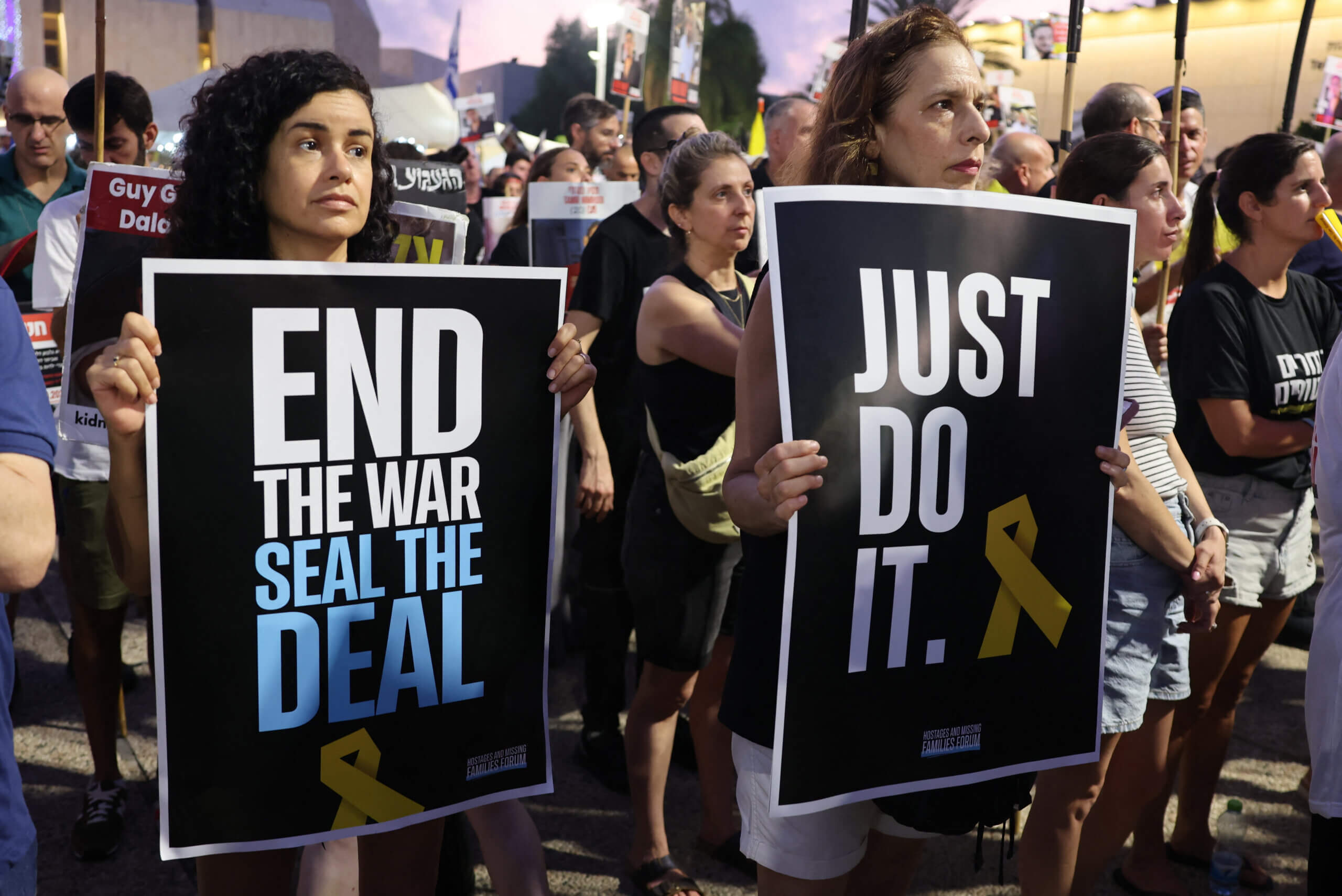
In Area C of the West Bank, which is under full Israeli control — no Hamas and no Palestinian Authority — Israeli authorities and state-backed violent settlers have forcibly displaced over 60 Palestinian herding communities, the majority being displaced after Oct. 7, 2023.
In addition to this ethnic cleansing, the West Bank is being settled and Palestinian land appropriated at a terrifying pace. In the largest single announcement since the 1990s, 22 new settlements were announced in May, and another 70-plus unauthorized shepherding outposts have been established, 14 of them inside Palestinian villages displaced since Oct. 7.
The pattern in both the West Bank and Gaza is clear: displace and settle.
These parallel developments in Gaza and the West Bank point to a coherent political strategy pursued by the Israeli government that transcends the immediate aftermath of the Hamas attack and abandons even a pretense of prioritizing hostage return. The evidence suggests a long-term vision of territorial control and demographic change that long predates Oct. 7.
This isn’t new or surprising. In 2017, Smotrich, then a new member of Knesset, published his “decisive plan” which lays out his political goal for the realization of one exclusive Jewish state between the river to the sea. In it, he writes that “The Arabs of Judea and Samaria will be given two options — stay and live under Israeli sovereignty without political rights or emigrate to countries willing to take them in.” Smotrich’s “decisive plan” is a thorough blueprint for ethnic cleansing that is now being implemented in real time across all areas of occupied territory.
This is the motivation driving Israeli government policy. Not recovering Israeli hostages who, as we’ve seen in horrifying detail over the last week, are starving to death in tunnels in Gaza. We must recognize the painful truth that the hostages are not, and have never been, a central priority for the Israeli government. Instead, Israeli leadership is using the hostages remaining in Gaza as an excuse to take over land, destroy Palestinians’ ability to live there long-term and establish settlements. The hostages’ desperate circumstances lend continued legitimacy for continuing the war in Gaza, and provide a smoke-screen for Israel’s policies in all occupied territory.
The awful reality is that Netanyahu’s government needs the hostages to remain in Gaza.
As the government is on the verge of deepening its attack and control over Gaza, we must say clearly that this war is not for the benefit of freeing the hostages. It certainly does not benefit Palestinians. It doesn’t even benefit the Israelis, who overwhelmingly want a ceasefire. It only benefits those who prioritize ethnic cleansing, territorial expansion and Jewish supremacy, all at the expense of emaciated, terrified hostages and Palestinians in Gaza. This is not an acceptable tradeoff, and Israel’s allies must rapidly do everything in their power to prevent this outcome. Everyone in Gaza, including the hostages, are running out of time.



